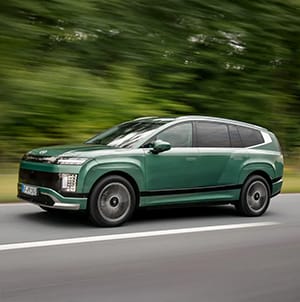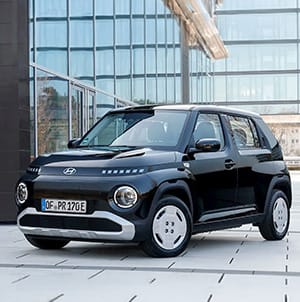Hyundai Worldwide Global Navigation
- Go to Global Distributors page
- KR
-
SearchRecommended search terms
Hyundai Motor Group (the Group) today released a teaser image previewing its upcoming participation at CES 2026, where it will unveil its Group-level AI Robotics Strategy under the theme, ‘Partnering Human Progress.’
Hyundai Motor Company has announced the debut of the Hyundai ELANTRA N TCR in the globally renowned racing simulation game, Gran Turismo 7.











